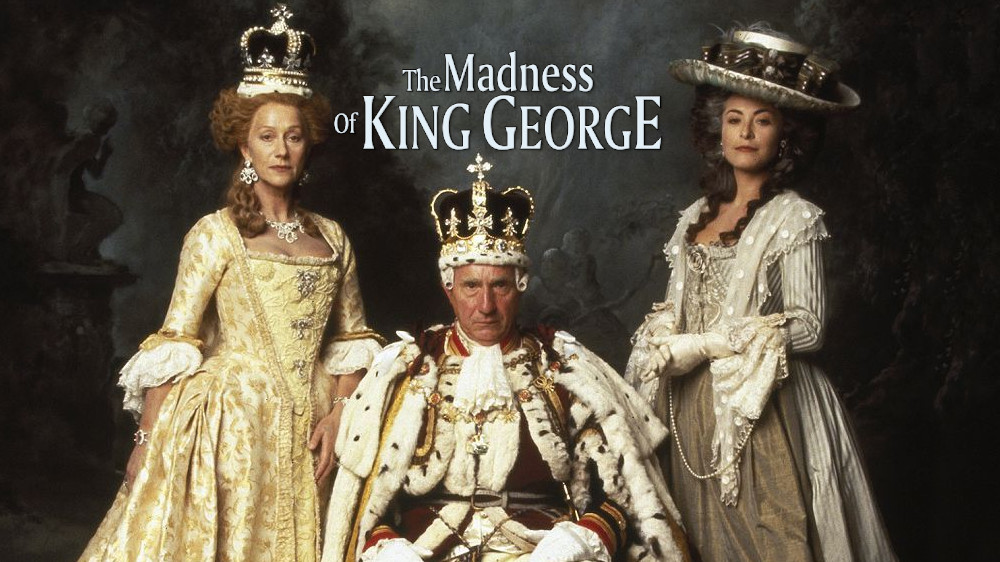
10 Interesting Facts and Figures About The Madness of King George
The Madness of King George, directed by Nicholas Hytner and released in 1994, is a captivating film that explores the life of King George III and his struggles with mental illness. Based on Alan Bennett’s play, the film offers a unique perspective on the intersection of politics and personal turmoil during the late 18th century. Here are ten intriguing facts and figures about this classic British film.
1. Based on a Stage Play
The film is adapted from Alan Bennett’s stage play “The Madness of George III,” which premiered in 1991. The transition from stage to screen allowed for a broader audience to appreciate the story’s richness and depth.
2. Historical Context
Set in the 1780s, the film addresses the political and social upheaval of the time, particularly the American Revolution, which greatly impacted King George III’s reign. The tension between his mental health and his responsibilities as a monarch illustrates the complexities of leadership.
3. Sir Nigel Hawthorne’s Performance
Sir Nigel Hawthorne, who played King George III, received widespread acclaim for his performance. His portrayal earned him the Best Actor award from the British Academy of Film and Television Arts (BAFTA), highlighting his skill in portraying both the king’s madness and moments of lucidity.
4. Academy Award Nominations
The film garnered three Academy Award nominations at the 67th Academy Awards in 1995: Best Actor for Nigel Hawthorne, Best Art Direction, and Best Costume Design. This recognition solidified its status as a significant cinematic work.
5. The Role of Helen Bonham Carter
Helena Bonham Carter played the role of Queen Charlotte, King George III’s devoted wife. Her performance contributed to the film’s emotional depth and showcased the struggles faced by those close to the king as they navigated his illness.
6. Critical Acclaim
The Madness of King George received positive reviews from critics, with a Rotten Tomatoes score of 89%. Critics praised its historical accuracy, strong performances, and the balance of humor and drama throughout the narrative.
7. Authentic Costumes
The film’s costume design was meticulously researched to accurately reflect the fashion of the late 18th century. The team aimed to create a visually authentic representation of the period, enhancing the film’s overall aesthetic.
8. Box Office Performance
Despite its limited release, The Madness of King George achieved commercial success, grossing over $14 million worldwide against a budget of approximately $4 million. This financial success allowed the film to reach a wider audience.
9. Directorial Debut
Nicholas Hytner, known for his work in theatre, made his feature film directorial debut with The Madness of King George. His background in stage direction greatly influenced the film’s theatrical elements and character-driven storytelling.
10. Cultural Impact
The film has left a lasting impact on popular culture, inspiring discussions about mental health and the historical treatment of mental illness in royalty. It remains an important reference point for understanding the complexities of historical figures and their human experiences.
Conclusion
The Madness of King George is more than just a film about a monarch’s struggles; it is a poignant exploration of sanity, power, and the human condition. Through its remarkable performances, historical context, and cultural significance, the film continues to resonate with audiences today, reminding us of the delicate balance between mental health and responsibility. Its legacy endures as an essential piece of British cinema history.
Discover more from Anglotees
Subscribe to get the latest posts sent to your email.
